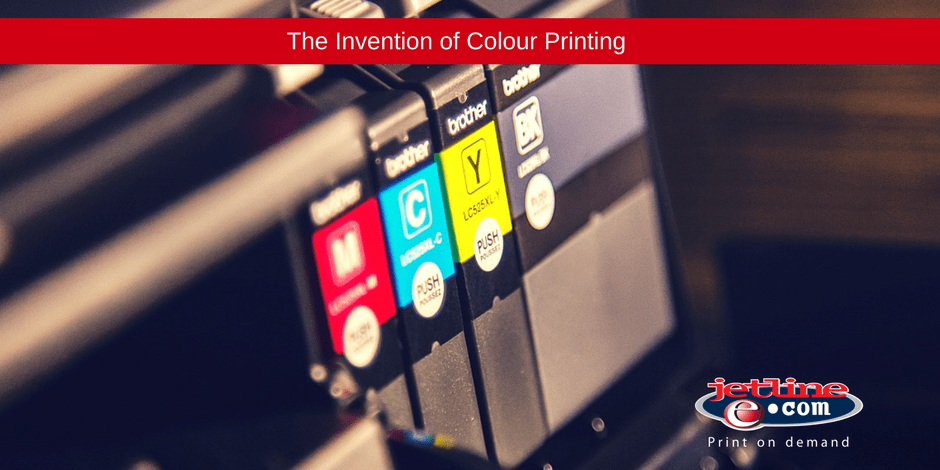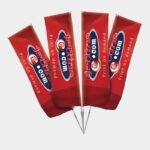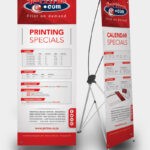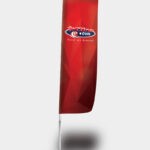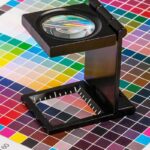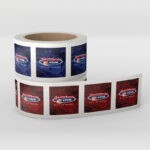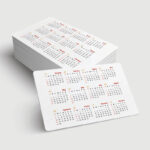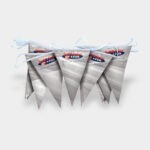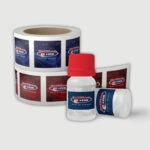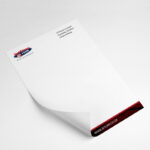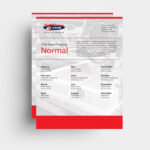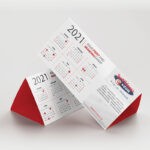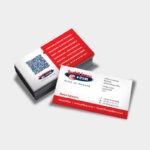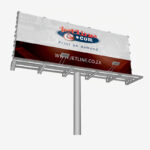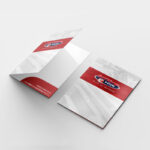The earliest colour print in the world can be traced back to China, in the form of a 2-colour Buddhist Sutra scroll, that is dated back to 1346. The earliest way to add colour to printed materials was by colouring by hand. This technique was used in Asia and Europe to bring printed images to life, and give viewers something even more visually appealing to look at on the printed page.
This form of “hands-on” design has its roots in China, as early as the 13th Century. The technique was then introduced to Europe in the 15th Century. It was the 19th Century that saw the greatest advancements in colour printing, and these innovations form the foundation of modern colour printing.
The 19th Century – in Living Colour
There were a variety of methods used to achieve colour printing in the 19th Century. Here, we take a look at 3 individuals who revolutionised the printing industry of the 19th Century:
Jacob Christoph LeBlon

Jacob Christoph LeBlon
Jacob Christoph LeBlon invented Tri-colour Printing. This is a printing process that is made up of 3 primary colours. (LeBlon would sometimes add black to the mix to improve the quality of the print.)
As LeBlon was self-taught, the process of breaking down the colours into their primary components took a lot of time, trial, and error. Through this grueling process, great strides were taken in the development of colour printing.
George Baxter

George Baxter
In 1835 George Baxter patented a colour printing method that used an intaglio line plate or a lithograph.
Printed in black or a dark colour, the image would be overprinted (from woodblocks) with up to 20 different colours.
Edward Evans



Evans used wood and relief throughout his process, and utilised up to 11 different colours from woodblocks in his process. He specialised in children’s book illustrations.
What was different in Evans approach was that he used fewer blocks and overprinted non-solid areas of solid colour to create blended colours.
Frederic Ives

Frederic E. Ives And The Half-Tone Process
Specifically in the last 20 years of the 19th Century, colour printing drastically improved. Frederic Ives developed and refined the half tone screen. This made relief half tones commercially available.
William Wiveleslie Abney

William Wiveleslie Abney
As Frederic Ives was refining his process, English photographer and scientist, William Abney began measuring colours. That is, the hues and luminosity of ink pigments. Abney went on to conduct a variety of experiments with tone through progressive proofs.
Colour Printing Reaches the Masses
By the end of the 19th Century, Chromolithography had become the most dominant form of colour printing. This method used multiple, and a stone was used for each individual colour.
With the invention of mechanical colour separation, printers no longer needed to use multiple prints to create colour, reducing the number of prints needed to only three.
By the end of the 19th Century Chromolithography had become the most dominant form of colour printing. This method used multiple prints with a stone for each individual colour.
With the invention of mechanical colour separation, printers no longer needed to use multiple prints to create colour, reducing the number of prints needed to only three.

The first widely reproduced image printed using the three-color process, by William Kurtz (January 1893).
Lithographic stones were then replaced by Zincography this remained the most popular method if colour printing until the 1930’s.
Modern Colour Printing
Today, there are a multitude of techniques for reproducing coloured images, with industrial equipment and graphic processes that aid in mass production. Colour printing involves advanced reproduction mechanisms that are suited for printing presses, capable of reproducing millions of impressions for magazines, business cards, flyers, brochures, and other mass market items. The technique used in this specialised industrial and commercial printing is referred to as the four-colour process or process printing. As the name suggests, 4 inks are used in this process. The inks used are Cyan, Yellow, Magenta, and Black (Key) – abbreviated as CMYK. These inks are semi-transparent, and when 2 inks overlap on the paper, the primary colour is created.

Two graphic processes are also required to prepare images for colour printing. In the pre-press stage, the original image is translated into forms that can be used on a printing press. It is through colour separation and screening that colour impressions are transferred to paper through the printing press, based on the principles of lithography.
This emerging method of full colour printing adds green and orange to the traditional 4 ink process. This creates a more vibrant colour, however, this also relies on colour separation and lithography techniques to produce the printed image.
Colour printing can also involve as few as one colour ink, to multiple ink colours – which are not just primary colours. This is known as Spot Colour Printing. Spot colour inks are advanced formulations that have been designed to print one on one, rather than blend with other colours.
Visually Appealing Branding
Your logo and brand colours are the most identifiable visual element of your brand. Logos and brand colours help customers discover, remember, and share your brand – and forms part of your business identity. This can be defined as the visual materials that represent your business, and refers to all marketing materials, advertising tools, stationery, signage, content, and design.
All companies should have strict style guidelines to guarantee consistency. When you have a comprehensive and broadly built graphic identity, it creates a foundation for a rock solid brand identity.
Your company communication should always be branded, and in-line with your corporate identity. Every time a client or potential client receives one of your strategies, proposals, or letters, they should immediately be greeted with your logo, company colours, and easily recognisable designs.
Establishing a strong visual identity is key to brand success. Your company’s visual identity is your overall business image – and this sets the tone on the minds of customers, potential customers, investors, and employees.
Contact Jetline for all your printing and branding requirements today!

